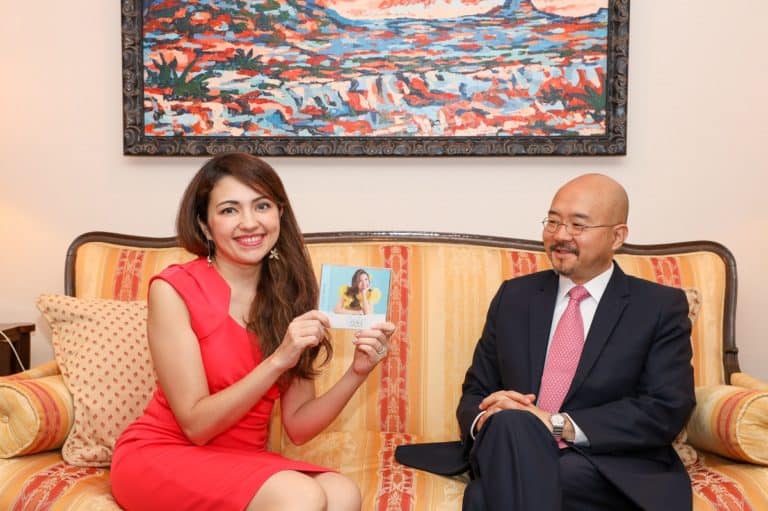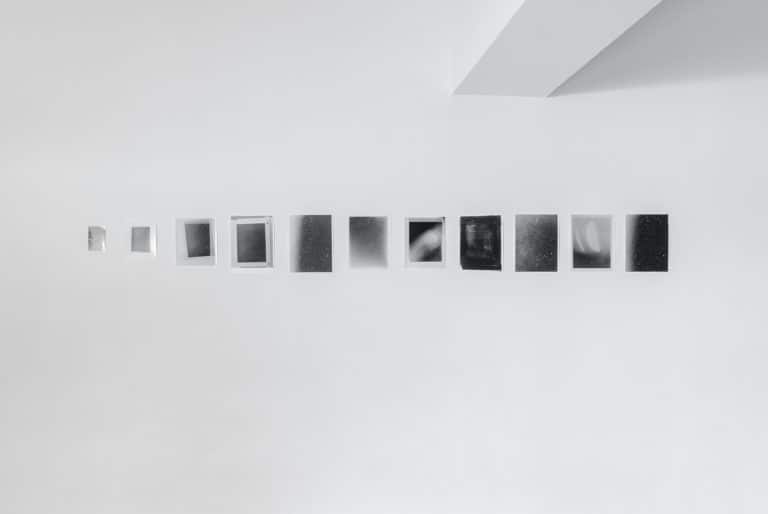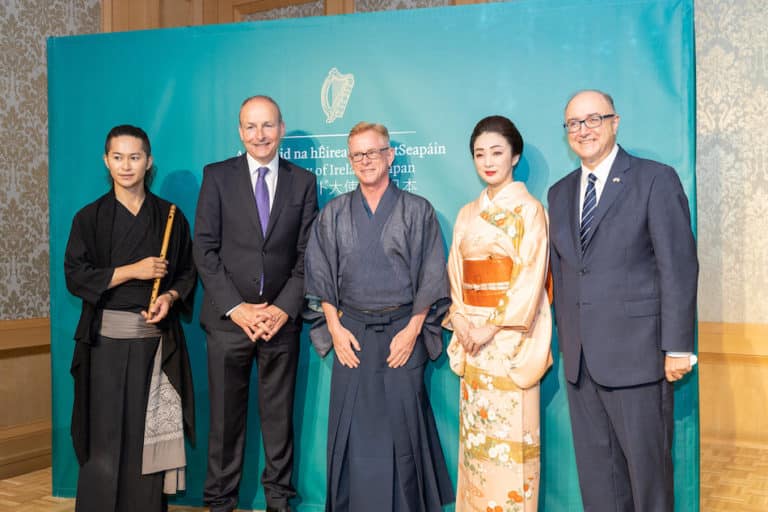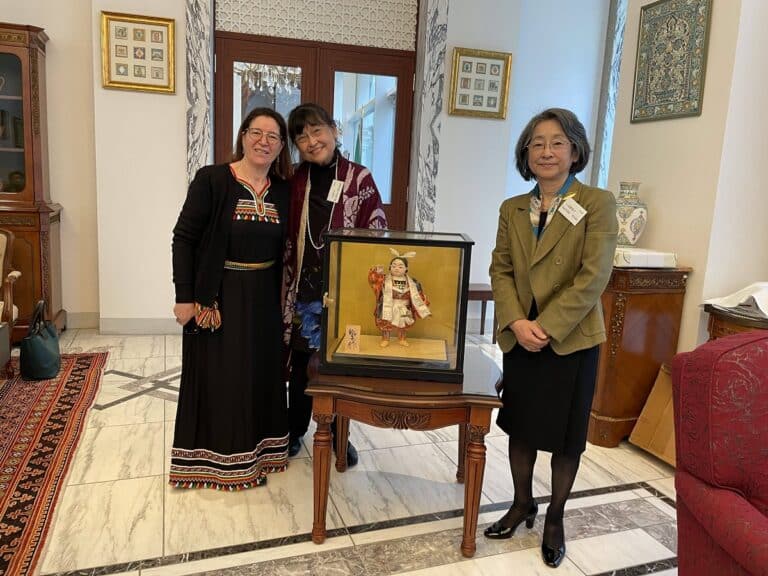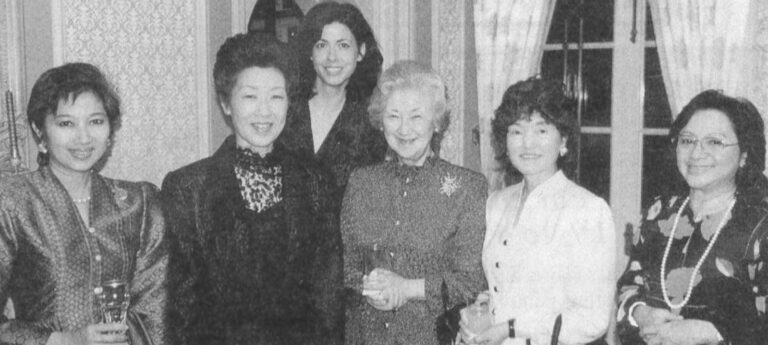160 Years of German-Japanese Friendship
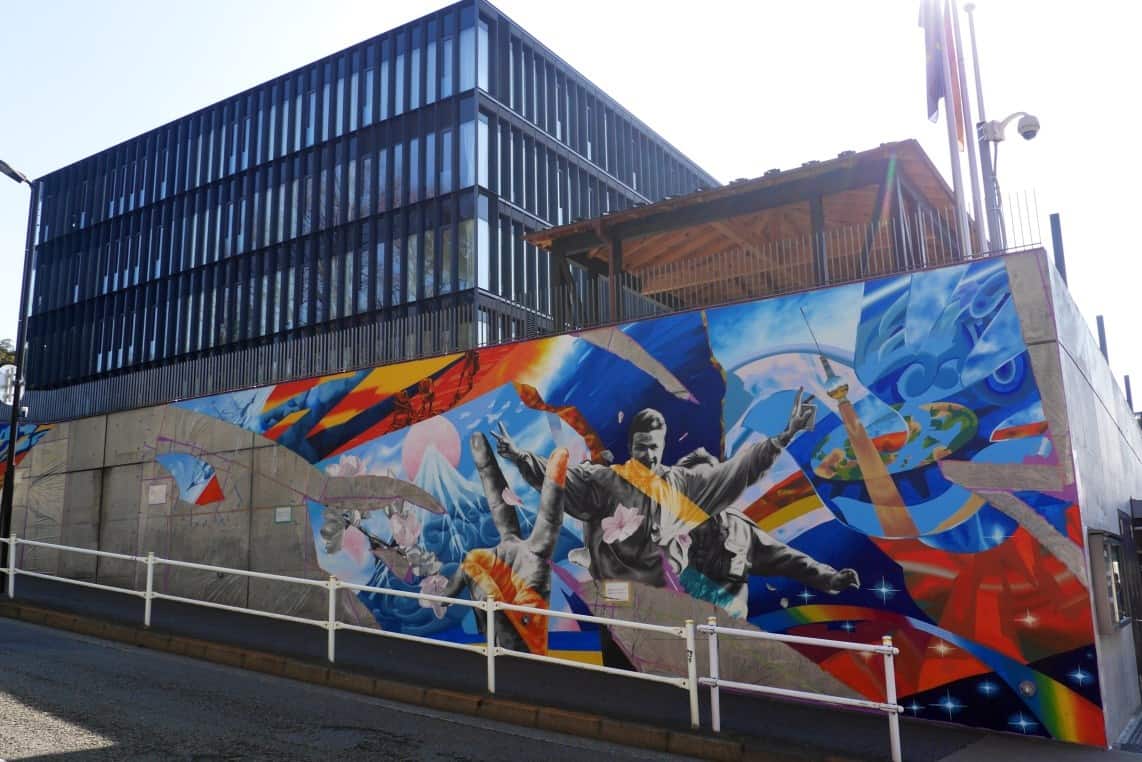
160 years ago, Japan and Germany signed the Treaty of Amity, Commerce and Navigation, which is a treaty on shipping, trade, and friendship. This treaty, which was signed on the 24th of January 1861, laid the foundation of the German-Japanese diplomatic relations and is largely considered as its starting point.
As we fast forward to the present, the German Embassy in Tokyo collaborated with art agency called TokyoDex to create a magnificent piece of art that will pay homage to the pioneers who have profoundly contributed to German-Japanese relations, and will act as a tribute to these long-standing ties.

As the artwork was finalized last January 28, the German Embassy unveils a monumental mural artwork depicting the rich history of Germany and Japan and to commemorate the 160 years of friendship between the two countries.
Osaka-based Japanese artists “hitch” and “simo” of the WHOLE9 duo created the stunning mural, and they were able to fill the exterior wall of the German Embassy with intricate details and extraordinary portraits of pioneers and elaborate murals of turning point events between Germany and Japan, which carved the long history of relations between these two nations. According to art agency TokyoDex who’s working hand in hand with WHOLE9, it is their third time to curate artwork for the Embassy’s 80-meter exterior wall.
The said mural is divided into six sections: politics, trade and economics, culture, science and medicine, sports, and music. It shows highly realistic portraits of pioneers and innovators like Philipp Franz von Siebold and Mori Ogai, and more recent personalities like East German conductor Kurt Masur, and award-winning choreographer Pina Bausch. Another interesting feature they’ve included is the use of QR codes for each section of the mural, wherein every scan will lead you to the Embassy’s Instagram account (@germanyinjapan). This enables interested observes to read more information on every section of the mural.
With politics being the largest section of the mural, it was able to encapsulate symbols of the darker chapters of German-Japanese history: The rise of fascism, militarism, and the devastation of war.
Through this work of art, a connection between memories of the past and visions for a brighter future was made. It was able to showcase the journey of the early German traders in Dejima to the Bando Prisoner-of-Camp, all the way to Germany and Japan’s present-day shared values with regards to democracy, rule of law, and human rights.
Please visit: https://japan.diplo.de/

